Why the Library Is One of the Best Places to Prep for the SAT
The library is more than a place that holds books. For SAT students, it’s a quiet lab where focus grows, a museum of practice tests, and a friendly ecosystem of people who want to help. If you learn to use a library with intention, it becomes a reliable partner on the path to a higher score.
Think about it: libraries offer a variety of spaces—silent reading rooms, group study tables, private study carrels—and a collection of print and digital resources that are often free. Librarians can point you to study materials, help you access online practice platforms, or reserve a room for a group review. When you combine that structure with a smart plan, the result is consistent, productive study time.
Start with a Plan: What to Carry into the Library
Walking into a library without a clear goal is like showing up at a gym and wandering between machines. To get the most from your session, bring a small toolkit tailored to the day’s objective.
- Notebook or planner: Track what you study and record errors.
- Timer or phone with a focus app: Use Pomodoro blocks (25–50 minutes) for deep work.
- Official practice test or targeted workbook: Decide whether today is math, reading, or writing practice.
- Calculator (approved model): Use only when allowed by the section rules.
- Sticky notes and pens: Mark tricky questions or jot quick formulas.
- Headphones and earplugs: For noise control if the library allows them.
Choosing the Right Spot: Match Your Task to the Space
Not all library spaces are the same. Choosing the wrong spot can sabotage concentration. Match your task to the environment.
- Silent reading rooms: Best for full-length practice tests and focused work.
- Small study carrels: Ideal for single-subject practice and reviewing mistakes.
- Group rooms: Great for peer review sessions, teaching a concept aloud, or running timed drills in turns.
- Cafe areas: Use for light review, flashcards, or listening to recorded lessons when ambient noise is acceptable.
Example
If you’re doing a full Reading section, book a silent room for a 65-minute block. If you want to review algebra concepts, a carrel lets you put formula sheets nearby and focus without distraction.
Library Resources That Directly Improve SAT Scores
Most libraries contain a surprisingly complete SAT arsenal. Here’s what to look for and how to use it effectively.
- Official practice tests: These are gold. Practice under timed conditions, then bring the test to a librarian or study partner for review.
- Prep books and workbooks: Use them for targeted drills—grammar rules, function and algebra, geometry, and evidence-based reading.
- Reference books: Dictionaries, grammar guides, and math reference books can clarify rules on the spot.
- Online databases and practice platforms: Many libraries provide free access to premium online SAT prep sites and question banks.
- Study rooms and reservable spaces: Reserve rooms for mock exams or group review sessions that simulate test-day conditions.
How to Use Each Resource
- Official tests: Simulate testing conditions exactly—timed sections, no interruptions, and use only allowed materials. Score, then create a targeted plan for your weak areas.
- Prep books: Use them like a menu. Don’t try to read every chapter. Target chapters that correspond to your diagnostic weaknesses.
- Online platforms: Use them for adaptive practice—spend time on questions that stretch you rather than repeating what’s already easy.
Work Smarter with a Weekly Library Routine
Routine turns scattered effort into steady progress. A weekly schedule helps you balance full-length tests, targeted practice, concept review, and rest.
- Monday: Timed practice – one or two sections in a quiet room.
- Wednesday: Concept drill – focus on a specific math topic or grammar rule.
- Friday: Review day – go over errors from the week and make a short error log.
- Saturday: Full-length practice test in the morning, review in the afternoon.
- Sunday: Rest or light reading – read a challenging article and annotate for detail and inference practice.
Sample Two-Week Cycle
Rotate sections each week so you don’t overtrain one skill and neglect others. Example: Week A emphasize Math, Week B emphasize Evidence-Based Reading and Writing.
How to Run a Productive Library Study Session
A two-hour library session can be a powerhouse if it’s structured. Here’s a reliable template.
- 0–5 minutes: Set goals and gather materials.
- 5–55 minutes: Focused practice (Pomodoro style).
- 55–65 minutes: Short break—walk, hydrate, reset.
- 65–115 minutes: Review mistakes and do targeted drills on weaknesses identified in the first block.
- 115–120 minutes: Quick summary—note one improvement for next time and schedule the next session.
Why This Works
The template mixes focused practice with reflective learning. The first block builds exposure, the second block reinforces concepts by correcting mistakes, and the summary cements progress.
Use the Librarian: A Powerful (Underused) Resource
Librarians are connectors. They know what’s on the shelf, how to access databases, and how to help you reserve space. Don’t hesitate to ask them for help—most are happy to assist students.
- Ask for recommended SAT prep book editions or for interlibrary loan options if a particular book is checked out.
- Request help accessing online practice platforms that the library subscribes to.
- Ask about quiet hours, room reservations, or even tutoring programs that the library sponsors.
An Anecdote
A student I know discovered a smattering of practice tests in a local library’s reference section that weren’t listed online. Those practice tests became the backbone of mock exams, and by rotating through versions they avoided memorization and improved timing and stamina.
Make Group Study Work Without Losing Focus
Group study can be noisy and inefficient if it’s not planned. Use group sessions for explanation, peer teaching, and timed drills.
- Set an agenda: 10 minutes review, 30 minutes teach-back, 20 minutes timed practice, 10 minutes review.
- Assign roles: one student times, one leads, one checks answers, one records explanations.
- Use study rooms: The privacy reduces distractions and makes it easier to speak and debate solutions aloud.
How to Use Practice Tests Most Effectively
Practice tests are not just for measuring progress—they’re training tools. The real learning happens in the review.
- Simulate test conditions: timed, no smartphone, full breaks between sections like on test day.
- Score promptly: Keep a log of section scores and question types missed.
- Deep review: For each missed question, write the reason—timing, careless error, content gap, misread question—and note the correct strategy.
- Follow-up drills: Turn each error into 3–5 targeted practice questions on the same concept.
Practical Review Template
When you finish a practice test, create an error table in your notebook with these columns: question number, correct answer, your answer, error type, corrective action. This turns mistakes into an actionable study plan.
Bridging Print and Digital: Use Both to Strengthen Skills
Libraries offer both physical books and digital subscriptions. Each has strengths.
- Books offer focused content and reduce screen fatigue—great for grammar and reading passages.
- Digital tools offer adaptive practice, instant score analytics, and timed question drills.
Use the library as a bridge: do heavy-reading and concept review in print, and then transfer targeted practice to an online platform for adaptive reinforcement. Many libraries let you access premium online tools for free—ask your librarian to get set up.
Managing Distractions and Library Etiquette
Libraries are quiet, but not perfect. To protect your concentration and be respectful, follow these simple rules:
- Silence your phone and keep it out of sight during focused blocks.
- Use headphones if you need ambient sound, but keep volume low.
- Reserve rooms for group work—don’t hold group conversations in a silent study hall.
- Return books to their proper place and leave spaces tidy.
When to Seek Extra Help: Tutors, Workshops, and Personalized Plans
If you hit a plateau or feel stuck on specific concepts, augment your library routine with targeted help. Many libraries run free workshops or partner with tutors. For personalized, one-on-one guidance, consider pairing your library study habit with tutoring that provides tailored study plans and expert explanations. Sparkl’s personalized tutoring, for example, blends expert tutors with AI-driven insights to create focused practice that complements library work—especially useful when you need a strategy for consistently missed question types.
How Tutoring Fits with Library Work
- Identify recurring errors during your library reviews, then use a tutor to unpack persistent misunderstanding.
- Bring tutor-assigned practice into your next library session for quiet, focused completion and review.
- Use a tutor to learn time-saving heuristics for multiple-choice elimination and passage annotation techniques that you can practice in the library.
Table: Library Resources and How to Use Them for SAT Prep
| Resource | Best For | How to Use | Time Investment |
|---|---|---|---|
| Official practice tests (print) | Full-length practice under real conditions | Simulate testing conditions, score, and do deep error review | 3–4 hours per test |
| Prep workbooks and guides | Targeted drills by topic | Work one chapter at a time, then apply drills in timed blocks | 30–90 minutes per session |
| Online practice platforms (library access) | Adaptive practice and analytics | Use for targeted question sets and timing practice | 15–60 minutes per drill |
| Study rooms | Group study, timed mock tests | Reserve for full tests or group teaching sessions | 1–4 hours per reservation |
| Librarian assistance | Resource discovery and database access | Ask for book recommendations and database setup | 5–20 minutes per visit |
Practice with Purpose: Example Sessions and Drills
Here are a few ready-to-run library sessions you can adopt. Each session is designed to build a specific skill.
Session A: Speed and Accuracy (Reading)
- Warm-up: 10 minutes – read two 500-word articles and write a one-sentence summary for each.
- Main: 40 minutes – timed Reading section or set of 6–8 long passages from practice books.
- Review: 30 minutes – annotate why wrong answers were tempting and categorize errors.
Session B: Algebra Mastery (Math)
- Warm-up: 10 minutes – mental math and formula review.
- Main: 45 minutes – targeted workbook problems on linear equations and functions.
- Review: 20 minutes – summarize key steps, create two new practice problems similar to ones missed.
Session C: Grammar and Writing
- Warm-up: 10 minutes – review a grammar rule from a reference book.
- Main: 40 minutes – timed Writing and Language section or focused grammar drills.
- Review: 20 minutes – make a cheat-sheet of common error types and practice applying the rule in new sentences.
How to Track Progress Without Getting Overwhelmed
Tracking progress is motivating but can become a distraction if it’s too detailed. Keep a simple tracking system.
- Maintain a one-page score log: date, section, raw score, error types.
- Keep an error notebook with short, actionable notes about each mistake and a corrective mini-drill.
- Set small, measurable goals: e.g., reduce careless errors by half in four weeks or hit a consistent 85% accuracy on grid-in math problems.
Turning Library Practice into Test-Day Confidence
Preparation is about skill and confidence. The more you simulate test-day routines in the library—timing, breaks, materials, and test etiquette—the calmer you’ll be on the actual day. Use the library to build both endurance and precision: longer practice tests to build stamina; short, focused drills to sharpen accuracy.
Finally, remember to rest. Good prep includes sleep, nutrition, and short recovery days. Libraries are great for focused study, but your brain consolidates learning when it rests.
Image Ideas
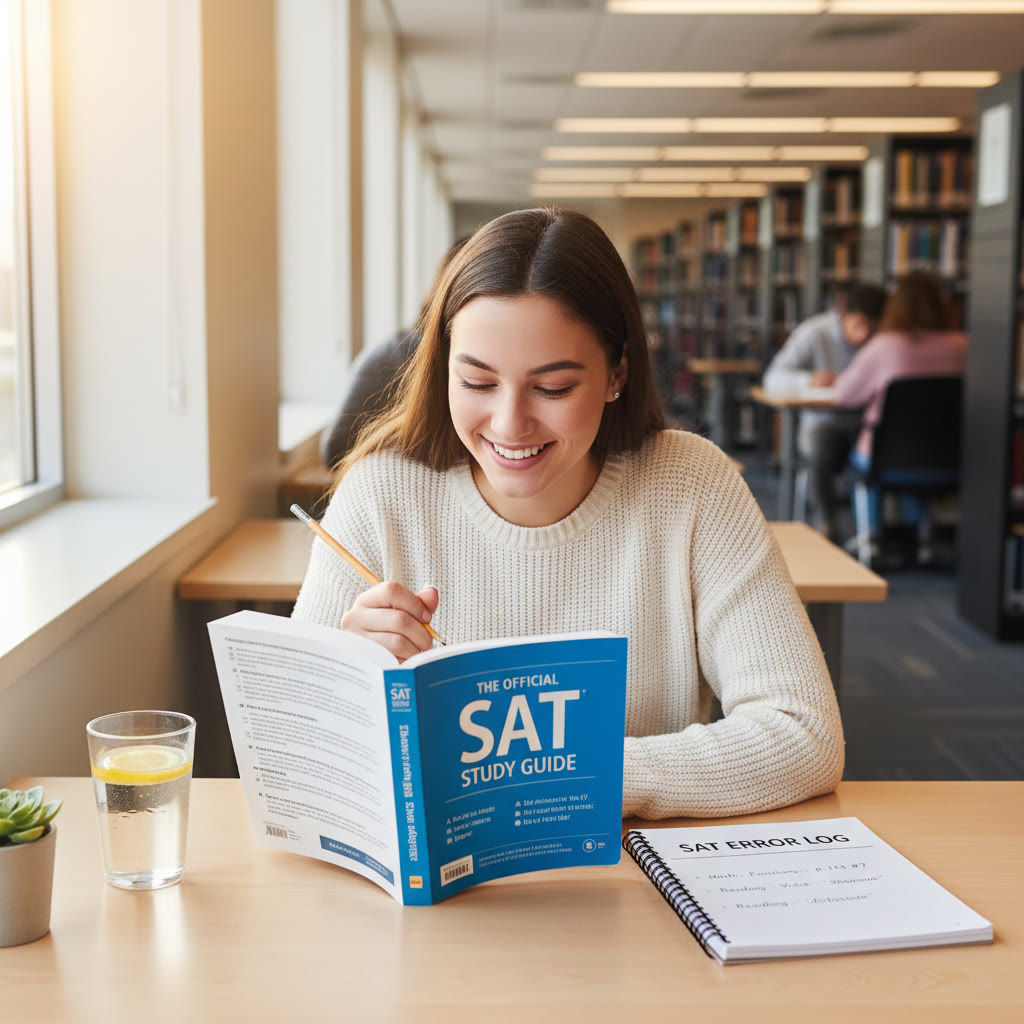
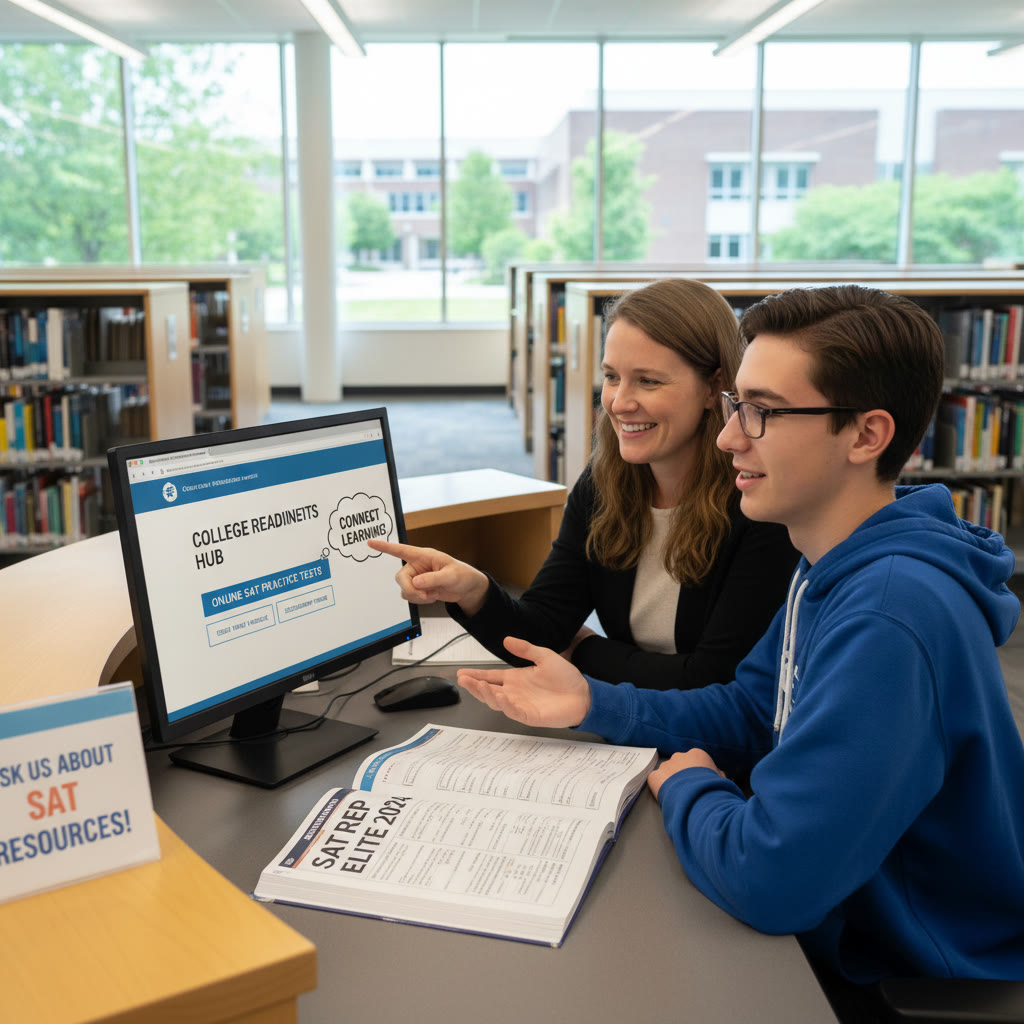
Final Thoughts: Libraries as a Strategic Advantage
Libraries are an underused, cost-effective resource for SAT preparation. They give you access to official tests, print and digital tools, quiet spaces, and human guidance. Pair consistent library work with targeted help when necessary—whether that’s a librarian’s recommendation, a workshop, or personalized tutoring with tutors who can give one-on-one guidance and AI-driven insights to focus your practice. When you plan well, use the right space, and review rigorously, your library becomes more than a study spot: it becomes the engine of steady improvement and test-day confidence.
So the next time you plan a study week, block out a few library sessions. Reserve a room for a mock exam, check out a test prep book, and ask the librarian about online resources. Small, smart steps taken consistently in the right environment will move your score—and your confidence—forward.
Study well, stay curious, and let the library be the quiet hub that helps your SAT goals feel not just possible, but inevitable.
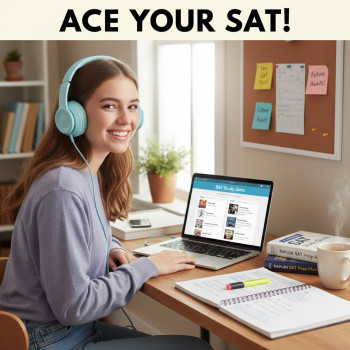
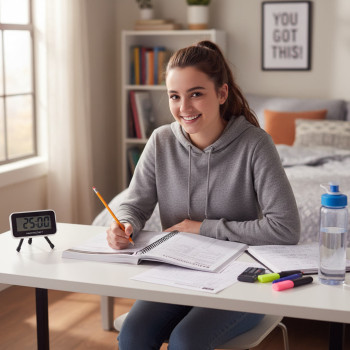
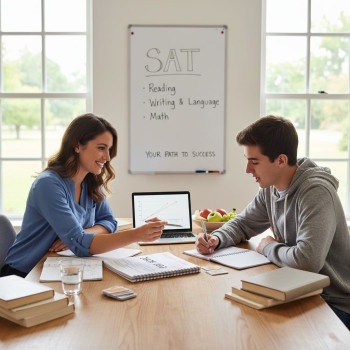
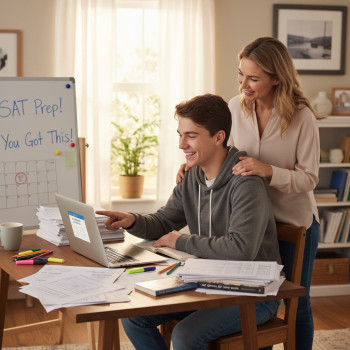
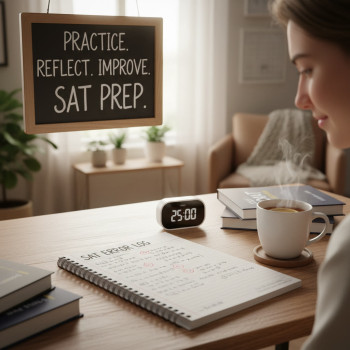








No Comments
Leave a comment Cancel